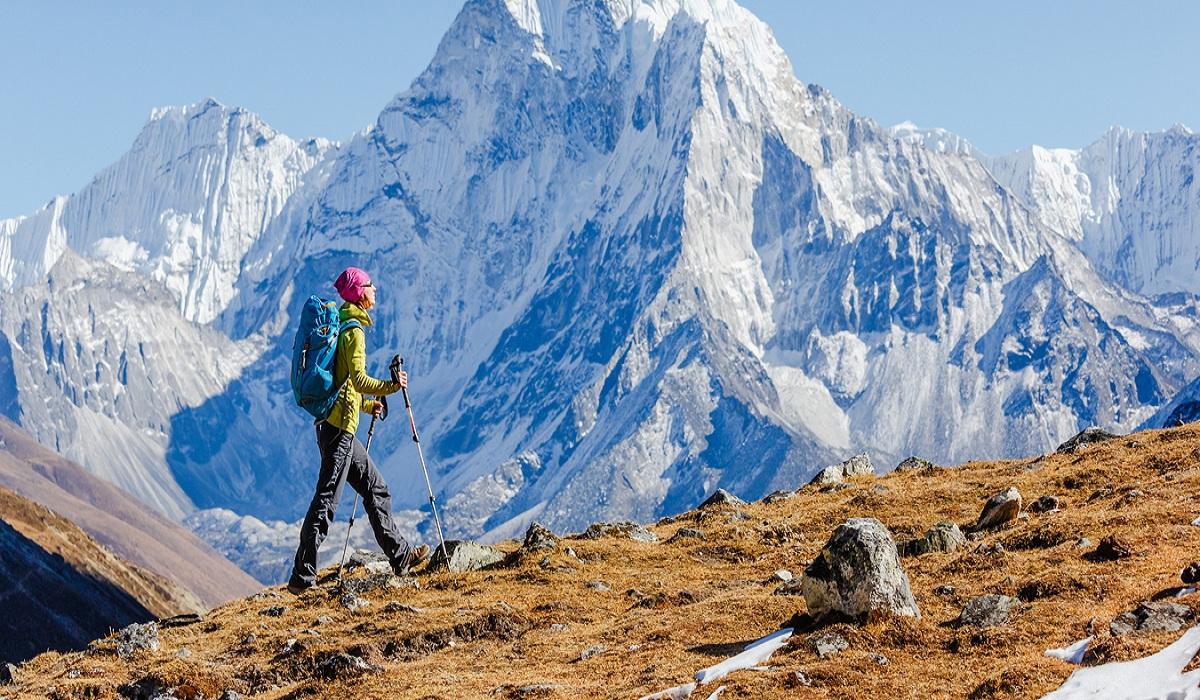Introduction:
The Indrahar Pass Trek is a captivating journey that takes adventurers deep into the majestic Himalayan Mountains. This trek, located in Himachal Pradesh's Dhauladhar Range, is a testament to nature's grandeur and the enduring allure of high-altitude exploration. As you embark on this thrilling adventure, you'll be transported to a world of rugged landscapes, pristine valleys, and towering peaks.
This trek combines natural beauty, cultural encounters, and physical challenges, making it a must-do for experienced trekkers and nature enthusiasts alike. If you like this trek you also like the Gokarna Beach Trek which uplifts your trekking experience.
Location:
The Indrahar Pass Trek is located in the Himalayan Dhauladhar Range in the northern Indian state of Himachal Pradesh. The journey usually starts in McLeod Ganj, a suburb of the town of Dharamshala. Dharamshala is well-known as the 14th Dalai Lama's residence and a major center for Tibetan culture and Buddhism. This trek takes you through the stunning terrain of the Dhauladhar Range and eventually leads to the Indrahar Pass, which is 4,342 meters (14,245 feet) above sea level. The trek provides breathtaking views of the Himalayan peaks, lush valleys, and enchanting landscapes typical of the region.
Duration:
The Indrahar Pass Trek typically takes 4 to 5 days to complete, depending on the itinerary chosen and the pace of the trekking group. The following is a general breakdown of the trek's duration:
Day 1: The trek usually begins in McLeod Ganj, and on the first day, trekkers usually hike to Triund, a beautiful meadow. This leg of the journey takes about 4 to 6 hours to complete and serves as a starting point for acclimatization.
Day 2: After spending the night in Triund, many trekkers continue on to Lahesh Cave, which takes about 4 to 5 hours to reach. Lahesh Cave is a natural shelter and popular camping location along the route.
Day 3: The trek continues from Lahesh Cave to the Indrahar Pass on the third day. This is the most difficult part of the journey, with steep ascents and possibly snow-covered terrain. Trekkers typically spend several hours ascending to the pass before descending to Chhata Parao or another similar camping location on the other side
Day 4: After camping at Chhata Parao or another suitable location, trekkers descend further and may reach Bharmour, a town in Himachal Pradesh's Chamba district. This leg of the journey can take anywhere from 6 to 8 hours.
Day 5: On the final day of the trek, you may descend to a village like Hadsar, where you can arrange transportation back to McLeod Ganj or Dharamshala. This section of the journey usually takes 4 to 6 hours.
Diverse terrain:
The Indrahar Pass Trek offers a remarkable variety of terrain, ensuring that each step of the journey is an adventure in and of itself. Trekkers are enveloped by the vibrant greenery and serenity of these woodlands as they begin amidst the enchanting forests of rhododendron, oak, and pine trees.
The landscape changes as they ascend, giving way to rocky paths and otherworldly alpine meadows. The stark contrast between the dense foliage at lower elevations and the rugged terrain at higher elevations demonstrates the region's ecological richness. As you near the Indrahar Pass, you'll face the challenge of navigating snow-covered landscapes, where the air is thin and the vistas become even more surreal. This varied terrain, ranging from lush forests to alpine wilderness and icy expanses, ensures that the Indrahar Pass Trek is both visually and physically stunning, making every moment an unforgettable experience.
Permits:
Securing the necessary permits is an important step in ensuring a smooth and legally compliant adventure on the captivating Indrahar Pass Trek. The trek passes through environmentally sensitive zones in Himachal Pradesh's Dhauladhar Range, necessitating official permissions. These permits frequently include a Forest Department permit, which allows access to the forested areas encountered along the trail, as well as a trekking fee. The funds raised from such fees are typically used to maintain and preserve the trekking routes and their surrounding environments.
Furthermore, local regulations may require additional permits for entering specific zones or villages, emphasizing the importance of staying up to date on current requirements. These permits can be obtained from the local forest department or tourism department offices, which are typically located in the trek's starting points of Dharamshala or McLeod Ganj. Trekking with an established trekking company or guide can often include assistance in obtaining the necessary permits and ensuring that all necessary paperwork is meticulously completed. Trekkers can avoid fines by following these permit regulations.
Camping:
Camping is an essential and exhilarating part of the Indrahar Pass Trek, allowing trekkers to connect with the pristine Himalayan wilderness. Throughout the journey, strategically placed camping sites offer respite and rejuvenation amidst the breathtaking natural surroundings. The journey begins with a relatively easy hike to the picturesque meadow of Triund, where trekkers frequently spend their first night, basking beneath the starry skies and taking in the panoramic views of the Dhauladhar Range.
As the ascent continues, Lahesh Cave becomes the next popular camping spot. This natural shelter, nestled among the rugged landscape, not only provides protection from the elements but also provides the surreal experience of spending a night in the heart of the mountains. It's an opportunity to immerse oneself in the raw beauty of the Himalayas, surrounded by towering cliffs and the serene ambiance of the high-altitude wilderness.
Conclusion:
Finally, the Indrahar Pass Trek exemplifies the awe-inspiring beauty and adventure that the Himalayan Mountains have to offer. This journey takes trekkers on an unforgettable odyssey through diverse terrains, from lush forests to alpine meadows and snow-clad landscapes, providing a true immersion in nature's grandeur. Camping along the way adds an extra layer of adventure, allowing trekkers to get up close and personal with the Himalayas' raw and untamed beauty. From the tranquil meadows of Triund to the shelter of Lahesh Cave, these camping spots offer respite and reflection in the midst of the majestic surroundings.


